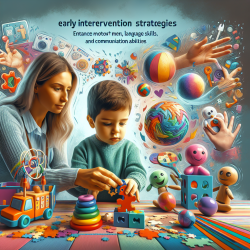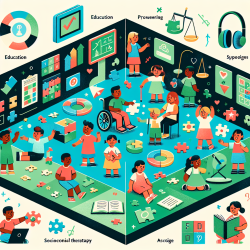Understanding the Research Outcomes
The study discusses the psychological state of employees from three perspectives: leadership narcissism, organizational identification, and the emotional contagion effect. It utilizes convolutional neural network technology to combine facial and body feature recognition, establishing a multilearning emotion recognition network. The network's classification accuracy and regression error rate are 28.5% and 9.8%, respectively, indicating its effectiveness in identifying employees' emotions.Practical Applications for Practitioners
Practitioners can apply these research outcomes in several ways:- Enhanced Emotional Recognition: By employing neural network-based emotion recognition systems, practitioners can more accurately assess the emotional states of their clients, leading to more personalized and effective therapy sessions.
- Data-Driven Interventions: The use of descriptive statistical analysis, reliability and validity analysis, correlation analysis, and regression analysis can help in designing interventions that are backed by robust data, ensuring higher efficacy.
- Improved Client Engagement: Understanding the mediating role of organizational identification can help practitioners develop strategies that enhance client engagement and satisfaction, ultimately improving therapeutic outcomes.
Encouraging Further Research
While the study provides a solid foundation, there are still areas that require further exploration:- Broader Application: The study focuses on employees in coastal areas of Zhejiang. Further research is needed to see if these findings are applicable to other regions and demographics.
- Longitudinal Studies: Long-term studies can help in understanding the sustained impact of these interventions on employee mental health and performance.
- Senior Management Perspectives: Analyzing the impact of senior management's attitudes and behaviors on employee emotions can provide a more holistic view.
Conclusion
Integrating new-generation information technology into occupational therapy practice can revolutionize the way practitioners manage and analyze emotions. By adopting data-driven approaches and encouraging further research, we can create more effective and personalized therapeutic interventions.To read the original research paper, please follow this link: Occupational Therapy Practice Based on New-Generation Information Technology for Employee Emotion Analysis and Management.










